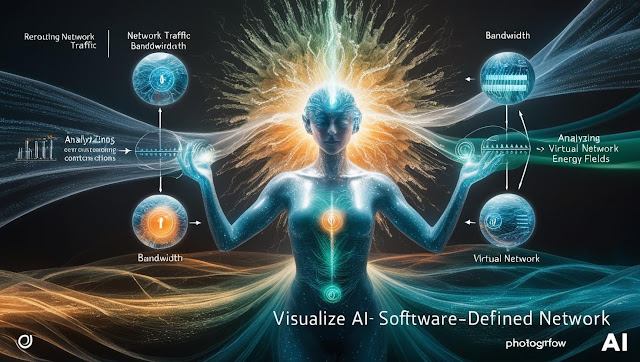AI and SDN (Software-Defined Networking)
Table of Contents
- Overview of SDN and Its Integration with AI
- How AI Enhances SDN for Dynamic Network Management
- Use Cases for AI-Driven SDN in Enterprise Networks
Overview of SDN and Its Integration with AI
Software-Defined Networking (SDN) is a network architecture that decouples the control plane from the data plane, allowing administrators to manage network behavior programmatically via centralized controllers.
By integrating AI with SDN, networks become more intelligent and adaptable. AI adds a layer of cognitive decision-making to SDN, enabling smarter automation, traffic forecasting, and anomaly detection.
Together, AI and SDN create a powerful framework for building flexible, scalable, and secure networks that respond to changing demands in real-time.
How AI Enhances SDN for Dynamic Network Management
AI enhances SDN by providing advanced analytics and real-time decision-making capabilities. Instead of relying solely on static policies, AI can analyze current network conditions and automatically adjust traffic routes or bandwidth allocation.
For example, AI can detect congestion patterns and instruct the SDN controller to re-route data flows, optimizing performance without human intervention. It can also detect threats and enforce adaptive security policies based on real-time context.
This dynamic, intelligent approach helps networks stay responsive, efficient, and secure even as demand fluctuates.
Use Cases for AI-Driven SDN in Enterprise Networks
- Dynamic bandwidth allocation during peak business hours
- Automated failover and load balancing across data centers
- Real-time threat detection and enforcement of custom firewall rules
- Predictive network maintenance and reduced downtime
These use cases highlight how the synergy between AI and SDN improves agility, reduces operational costs, and strengthens network resilience.



